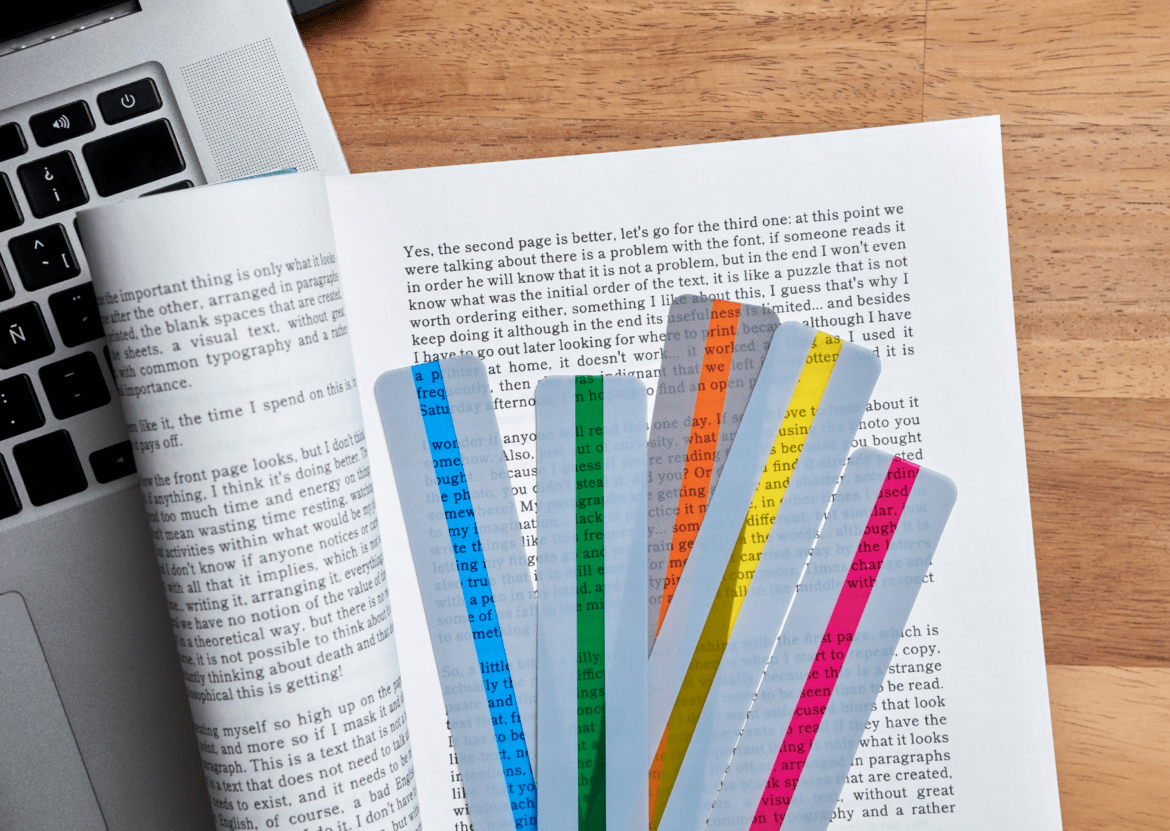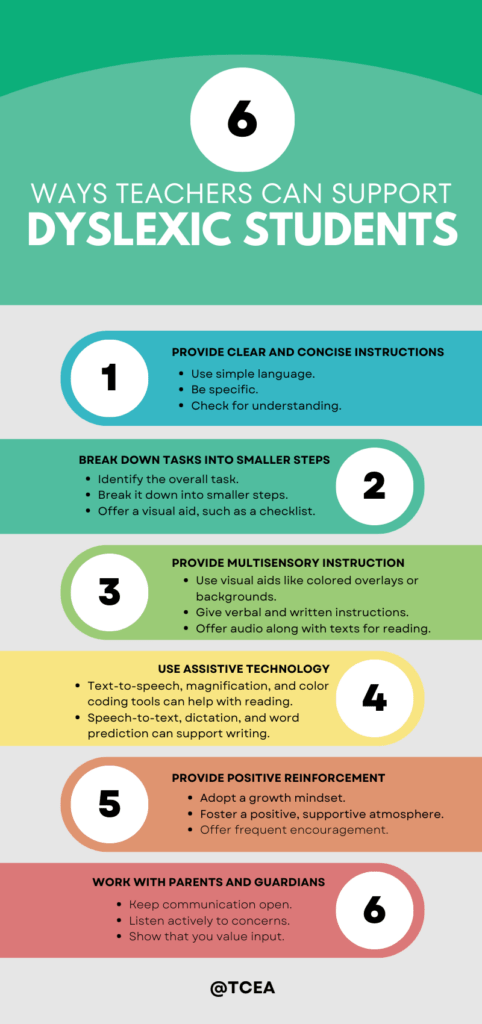There are many ways in which teachers can support dyslexic students. Dyslexia is a learning disorder that affects a person’s ability to read, write, and spell. Many students with dyslexia face challenges in reading, spelling, writing, and pronouncing words. They often struggle with processing and understanding written text as the brain’s neural pathways for language processing function differently for them. Let’s look at how teachers can support dyslexic learners.
1. Provide Clear and Concise Instructions
Students with dyslexia often have difficulty processing written language, which can make it difficult for them to follow directions. Therefore, they often need clear and concise instructions in order to understand what is expected of them. It’s important to use simple language and avoid using jargon or complex language that the students might not understand. In addition, it’s important to be specific with your directions. Let students know exactly what you want them to do. Lastly, you’ll want to check for understanding. After giving the instructions, you might ask the students to repeat them back to you. This way you know they understand what they are supposed to do.
2. Break Down Tasks into Smaller Steps
Dyslexic students may have difficulty understanding and completing complex tasks. They might not understand the overall task or may have difficulty remembering the steps of a task. Therefore, it’s important to break tasks down into smaller steps. Start by identifying the overall task and then break the task down into individual steps. Each step should be clear and specific. You might even want to create a visual aid to help students stay on track and remember the steps. In addition, breaking down tasks into smaller steps will help students from getting overwhelmed.
3. Provide Multisensory Instruction
Multisensory instruction is an educational approach that engages more than one sense at a time, such as sight, hearing, movement, and touch. This method helps students, particularly those with dyslexia, connect and understand concepts more effectively. Multisensory techniques aim at providing a variety of ways for learners to access, engage, and retain knowledge. For example, teachers can use visual aids, such as colored overlays or background colors to help students while they read. Another example includes having students listen to audio recordings or verbal instructions in order to help students process the information being given.
4. Utilize Assistive Technology
Assistive technology can be a valuable tool for helping dyslexic students succeed in school. It can provide dyslexic students with many benefits such as accessing information that would otherwise be difficult or impossible for them to read or understand. For example, text-to-speech tools can help read text aloud. This is very important for students who are struggling to read. It will help them stay focused and keep them from getting overwhelmed.
Some other examples of assistive technology that can be helpful for dyslexic students include tools for word prediction, speech-to-text, dictation, magnification, note-taking, and color coding. However, it’s important to remember the individual student’s needs and preferences when choosing a tool. In addition, you will want to collaborate with others at your school, such as those that work in the special education department and/or instructional technology department.
5. Provide Positive Reinforcement
Positive reinforcement is a powerful tool that can help dyslexic students stay motivated and engaged in learning. When students are rewarded for their efforts, they are more likely to continue working hard and trying new things. In fact, dyslexic students may need more encouragement than other students. It is important to provide positive reinforcement for their efforts, even if they do not always achieve perfect scores. This will help them stay motivated so they can continue to learn. In addition, the positive atmosphere will help them feel more comfortable asking for help and seeking support.
6. Work with Parents and Guardians
Maintain open lines of communication with parents or guardians. When students know that the teacher and the parents are working together, they are more likely to feel supported and understood. Let the parents know that you are interested in working with them and that you value their input. If parents have concerns about their child’s dyslexia, take the time to listen to them. Be patient and understanding and offer support and encouragement.
There are many ways we can support and encourage students who are dyslexic. By utilizing some of these tips, you can help your dyslexic students succeed in school.


